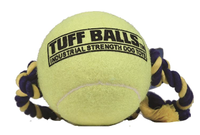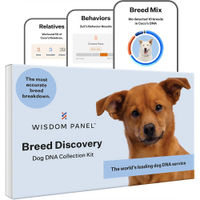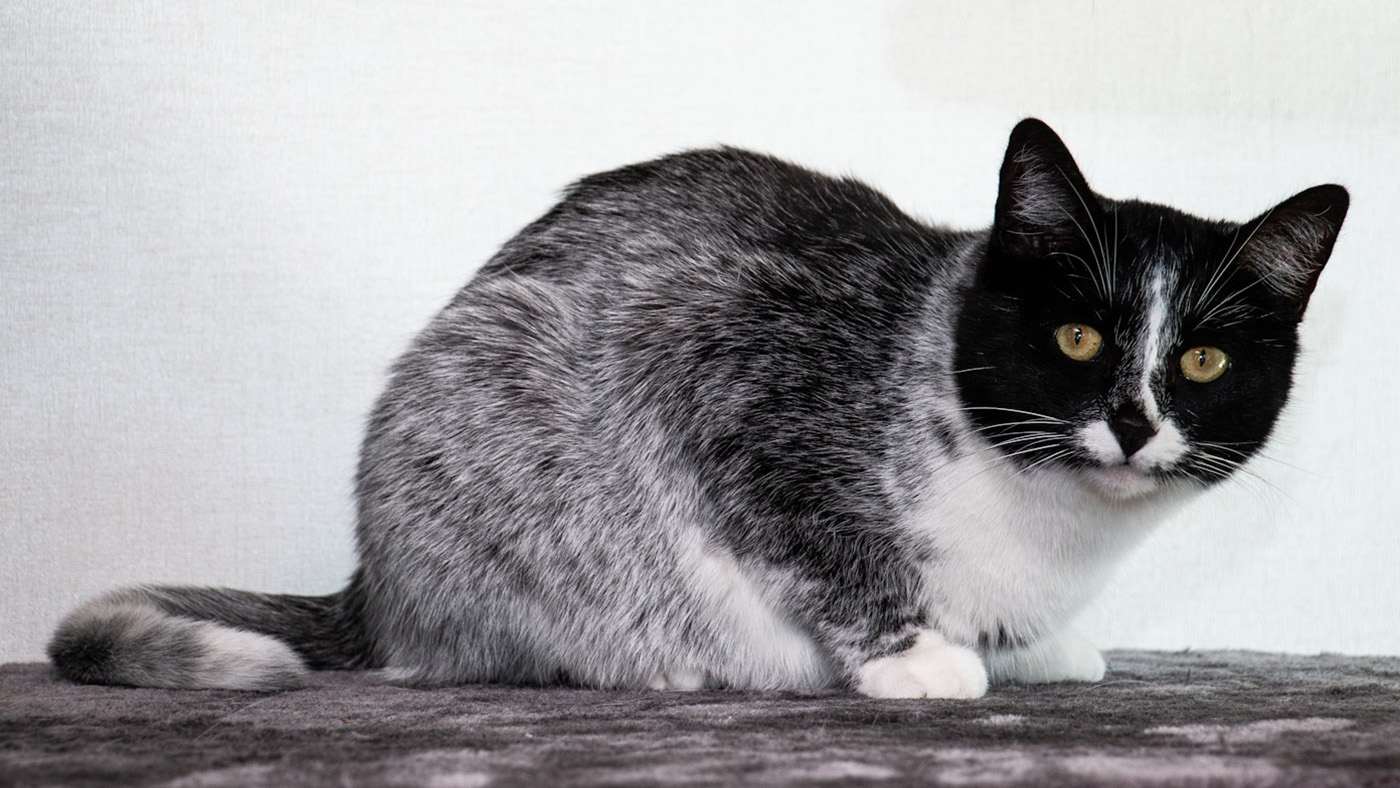Australian Shepherd Dog: Breed profile
The Australian Shepherd Dog is a loyal, intelligent, and energetic breed best suited to those with an active lifestyle
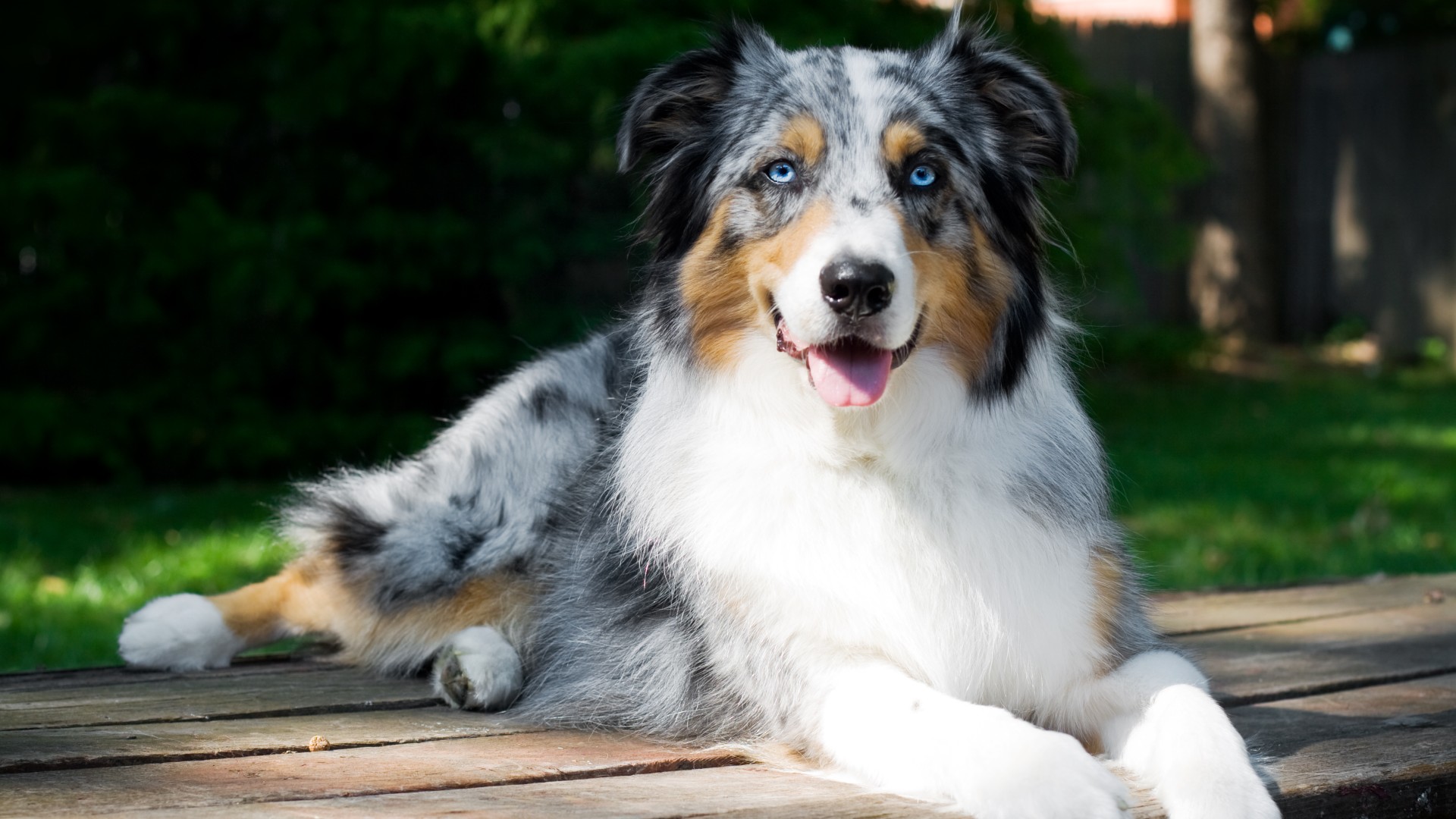
The Australian Shepherd Dog may have a name that makes it sound like it comes from the land of Down Under, but in actual fact this smart and exuberant canine originated in the borderlands between France and Spain. There it was known as a Pyrenean Shepherd, helping to herd animals in the Pyrenees Mountains.
So, how exactly did it come to be known as the Australian Shepherd? Good question! Well, as it turns out, many of the Basque shepherds that worked in the Pyrenees Mountains set sail for Australia in the early 1800s, taking their beloved working dogs with them. Once they arrived, they bred their pups with Border Collies and so was born the Australian dog breed we know and love today.
It will likely come as no surprise given their history that Aussies (as they are affectionately known) are incredibly active and energetic dogs that need a lot of exercise to keep them happy. Their high levels of intelligence and stamina mean they're ideally suited to a life on a ranch or farm where they're able to be mentally and physically stimulated from dawn until dusk.
But, if you have your heart set on an Aussie and you don't own a ranch or farm, don't worry - as long as you lead an active lifestyle and have plenty of time each day to take this breed on long runs or hikes, they'll be more than content. It's worth noting that they're incredibly protective of their loved ones and can be wary of strangers, so early socialization and training is key.
Below, you'll find everything you need to know about the Australian Shepherd, from how easy they are to train to their particular health needs, so you'll feel fully confident that you have all the knowledge you need before welcoming one of these beautiful dogs into your family.
How much exercise does an Australian Shepherd Dog need?
Life expectancy: 12-15 years
Average weight: Male: 50-65 lbs/22-29kg Female: 40-55lbs/18-25kg
About the same: as a small bale of hay
Exercise level: High (at least 1-2 hours a day)
As you've probably already gathered, Australian Shepherds were bred to work hard from sun up to sun down, so their exercise needs are high - this is not a dog that you can take for a quick walk around the block. In fact, without regular high-energy exercise, the Aussie can become frustrated and behave destructively.
As a minimum, we recommend 1-2 hours of vigorous exercise every day in the form of hikes, long walks, running, and other activities like chasing balls, frisbees and playing tug-of-war - the best rope dog toys are a lifesaver when it comes to that last one! And if you do happen to live on a large lifestyle block, rest assured that this dog will work tirelessly all day long.
They're also incredibly intelligent dogs, so as well as tiring them out physically, you'll want to give them a good mental workout each day so that they don't become bored. Our guide to the best dog puzzle toys has lots of great options.
Because the Aussie responds so well to training, another great option that will give them a solid mental and physical workout is to take them to agility events, where they can be put through their paces and burn off plenty of energy in the process. As long as they're getting plenty of stimulation every day, this breed will thrive.
Petsport USA Mega Tuff Ball Tug Dog Toy
Designed for active dogs who love to play and fetch, this combination rope and ball toy guarantees hours of fun. Made from extra-thick natural rubber and available in two sizes, the large option is perfect for the strong and active Aussie.
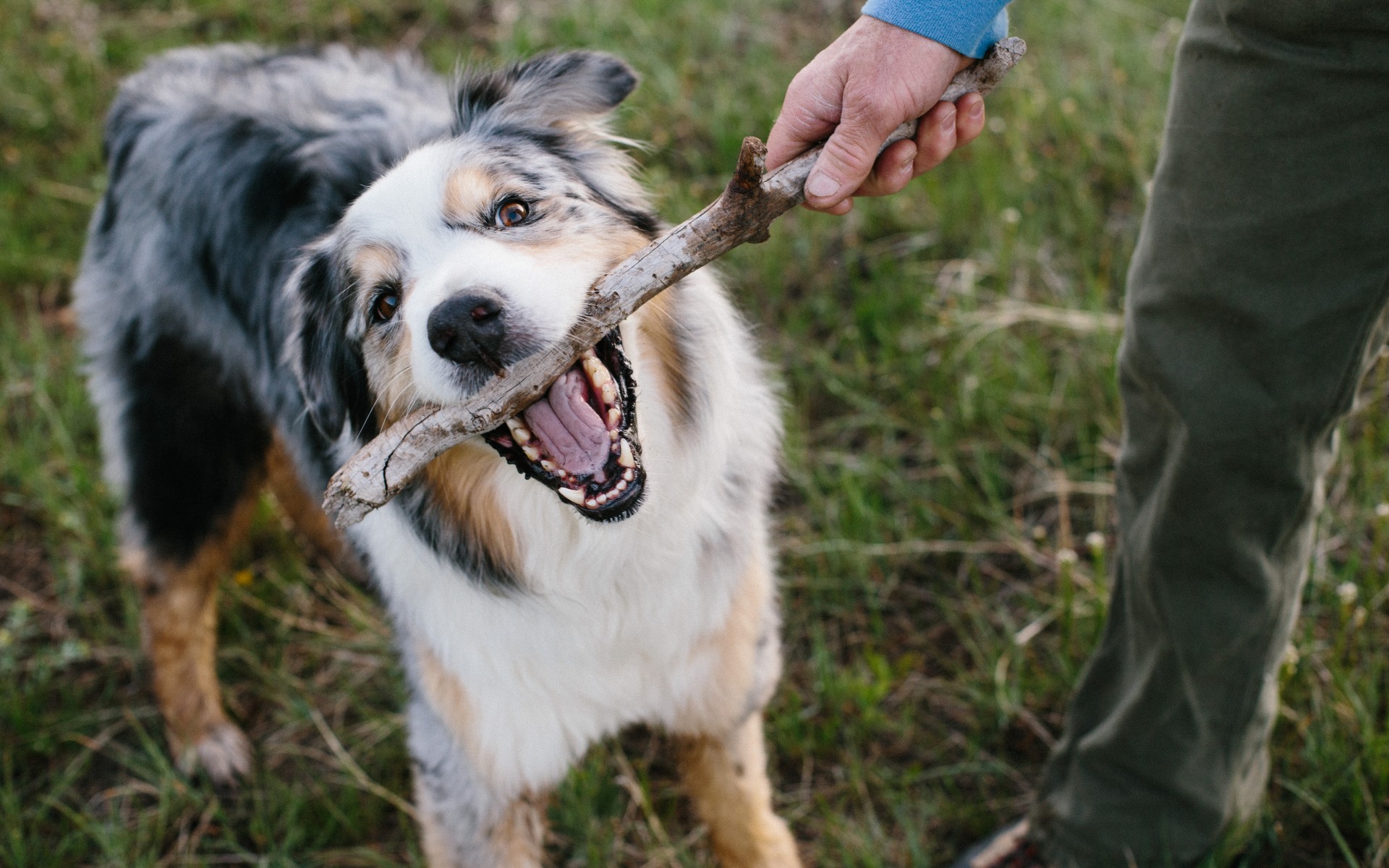
Are Australian Shepherds easy to train?
Suitable for: Active people who want a smart, energetic, and trainable dog
Not suitable for: People with small yards and sedentary lifestyles
Temperament: Intelligent, work-orientated, exuberant, protective, loyal
Shedding: Medium
Also consider: German Shepherd
Australian Shepherds are happiest when they’re putting both their brains and their bodies to work. One of the main reasons this breed finds itself in rescue situations is because many owners don’t know how to constructively channel an Aussie's energy. Early socialization and obedience training is a must for this energetic dog, and the good news is that their high intelligence levels make training easy.
You’ll want to begin training your Aussie as soon as you get them and one of the best ways is to find a reputable trainer and take them to regular obedience classes. This will not only help them learn to socialize with other dogs and people, but it will teach them basic commands. You can carry on this training outside of class during your daily walk by keeping them on a lead and practicing commands such as ‘sit,’ ‘stay,’ ‘heel,’ ‘down’’ and ‘come’.
Aussies respond best to reward-based training that positively reinforces good behavior. A combination of praise and dog treats is a great way to let this breed know when they’ve done something correctly. Aim for around 1 hour a day of training with your new Aussie and you’ll very quickly find yourself with an eager to please, responsive, and obedient canine companion.
Are Australian Shepherd's good with kids?
Because of their loyal and protective natures and the pure adoration and love they have for humans, Aussies make wonderful pets and tend to form strong bonds with the little members of their family.
One thing that's worth pointing out though is that because of their history, they have very strong natural herding instincts that they'll often try to put into practice around the home, rounding up small children and pets in an attempt to keep everyone together. The good news is, training them from a young age can help them learn when it's appropriate to herd and when it's not - which your children (and the family cat!) are sure to appreciate.
While this breed is incredibly friendly and not at all aggressive, they can still be very territorial with those they love and may come across quite cautious and wary when they're around strangers. Again, socialization from a young age will help them learn how to behave around new faces.
Wisdom Panel Breed Discovery DNA Kit | Amazon
Not sure exactly what breed your dog is? This kit screens for 365+ breeds – because knowing every detail about your dog helps you understand how best to care for them.
What should you feed your Australian Shepherd?
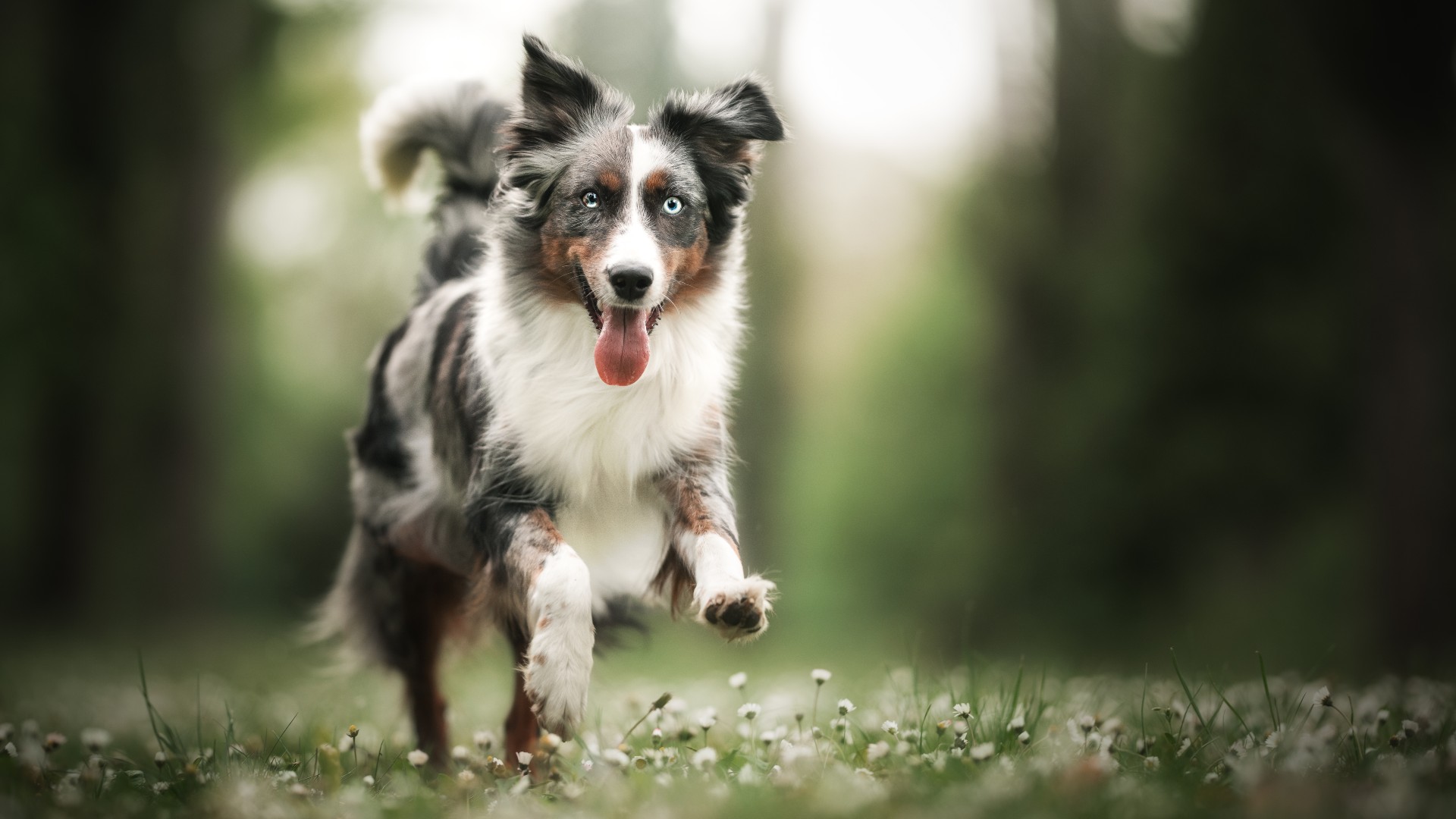
Because Aussies are such active dogs, it's really important to make sure they have a consistent supply of energy throughout the day - especially if they're being used as a working dog as they'll need the extra calories to fuel all that running about.
As to what to feed them, look for a product from one of the best dog food brands that has a moderate to high fat content and high protein levels. Keep the carbohydrates on the lower side and ensure they come from whole grains, fruits and starchy vegetables.
Choose brands that use wholesome and natural ingredients for a clean source of energy, and avoid animal by-products, fillers, and artificial additives. The shorter the ingredient list, the better it will be for your Aussie. We recommend Blue Buffalo Life Protection Formula Adult Dry Dog Food as it has everything your energetic Aussie needs to thrive.
Do Australian Shepherds shed a lot?
Amount Of Shedding: Medium
Easy To Groom: Yes
General Health: Good
Potential For Weight Gain: Medium
While they may look like they have a lot of hair, an Aussies double coat is actually fairly low maintenance, requiring no more than a weekly brushing with one of the best dog brushes to keep it looking in tip-top condition.
Now, before you go getting too excited, we do have to rain on your parade slightly as shedding season (which occurs twice a year) can mean an abundance of dead hair around the home. You'll want to up those weekly grooming sessions to twice-weekly during this period and invest in one of the best vacuum cleaners for pet hair to help make keeping your home clean, a breeze.
If your Aussie works all day on a farm or ranch, expect them to come home looking dirty most days. In fact, even if they don't have that kind of lifestyle, their energetic natures mean that getting mucky comes with the territory. But the good news is, you don't have to bathe them frequently, unless it's absolutely necessary. To avoid stripping their skin of its natural oils, an occasional bath is all that's needed.
How healthy are Australian Shepherds?
On the whole, Aussies are fairly healthy dogs, but as with any breed, they have their own unique health challenges to contend with. The most common issues are hip dysplasia, eye diseases, and epilepsy, and severe cases of these may require surgery and can be expensive to treat.
Not all of these health problems are detectable in young puppy’s but some issues, such as eye diseases, are passed down genetically and a responsible breeder will have tested the parents for these. Before you bring your Aussie home, ask to see the certificate that shows your new furkid comes from healthy breeding stock.
Multiple Drug Sensitivity (MDS) can also affect Australian Shepherds. Dogs with MDS can have potentially fatal reactions to many common veterinary drugs, but the good news is this can be easily picked up both before parents breed and in puppies through a simple swab.
If you're worried about the financial implications of these potential health issues, we recommend investing in the best pet insurance, which can offer you great peace of mind. In addition, simple things like ensuring your Aussie stays at a healthy weight, can help prevent conditions such as hip dysplasia.
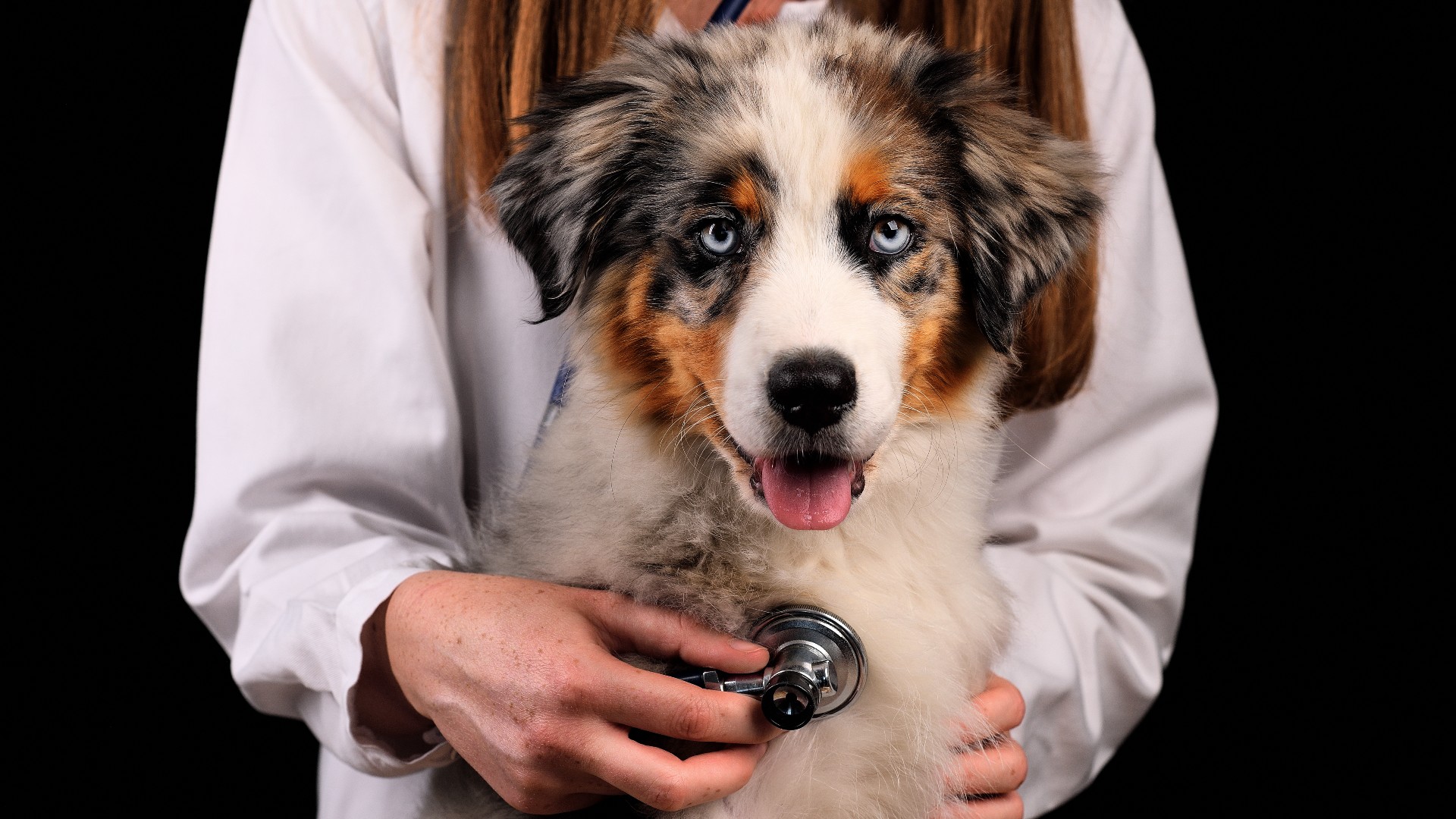
Should I get an Australian Shepherd Dog?
If you want a canine companion who has bags of energy and will fit into your active lifestyle, the Australian Shepherd is almost unbeatable, but that's not all this beautiful breed has to offer.
Intelligent and hardworking, you couldn't find a better colleague if you have a ranch or farm that you need help with and when it comes to choosing a furry member to join the family, this loyal and faithful pup is a top contender.
Loving and affectionate, the Aussie forms strong bonds with its people and its strong protective instincts means that young children will always be safe when this dogs watchful gaze is on them.
They're easy to train and require minimal grooming, and as long as they're in a home with people who have plenty of time to give them the high levels of mental and physical stimulation they need, the Australian Shepherd will thrive.
Want to know even more about this breed? Check out 32 facts about Australian Shepherds.
PetsRadar Newsletter
Get the best advice, tips and top tech for your beloved Pets

Kathryn is a freelance writer who has been a member of the PetsRadar family since it launched in 2020. Highly experienced in her field, she's driven by a desire to provide pet parents with accurate, timely, and informative content that enables them to provide their fur friends with everything they need to thrive. Kathryn works closely with vets and trainers to ensure all articles offer the most up-to-date information across a range of pet-related fields, from insights into health and behavior issues to tips on products and training. When she’s not busy crafting the perfect sentence for her features, buying guides and news pieces, she can be found hanging out with her family (which includes one super sassy cat), drinking copious amounts of Jasmine tea and reading all the books.
